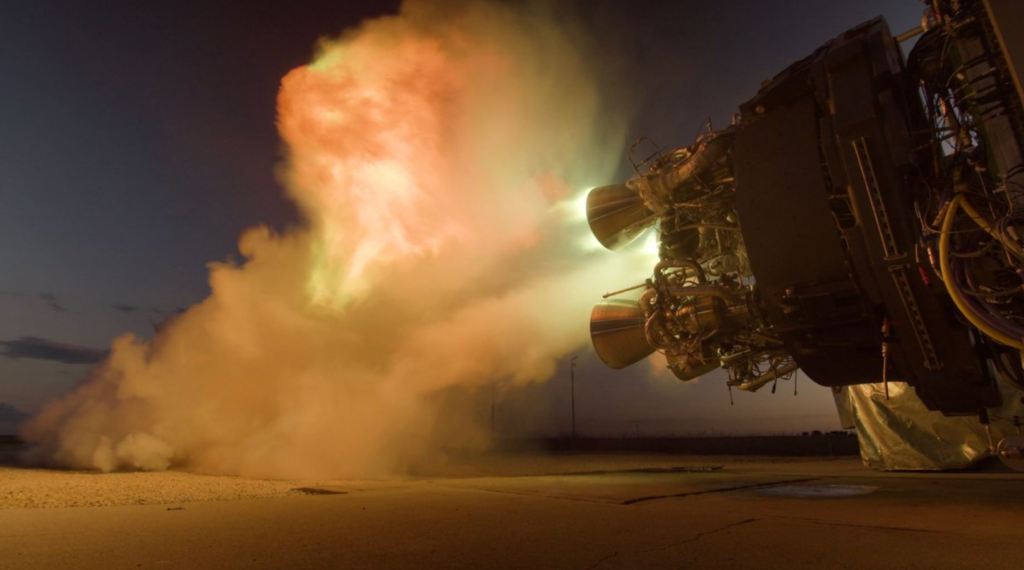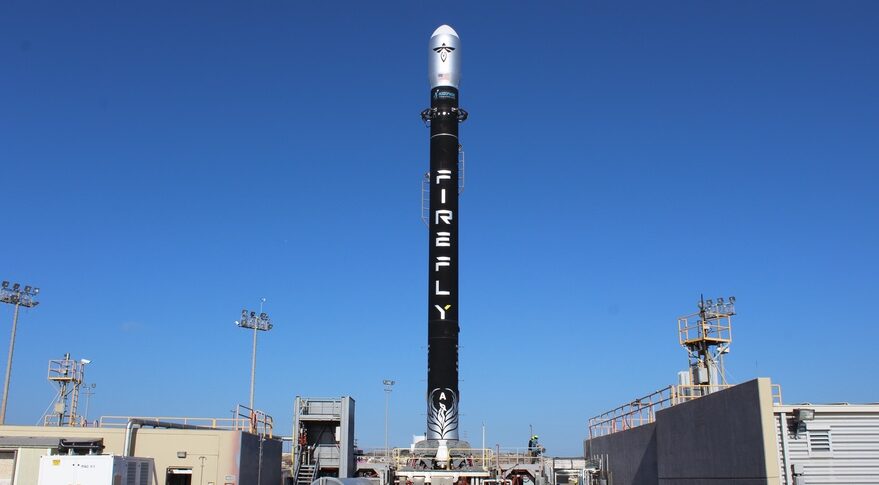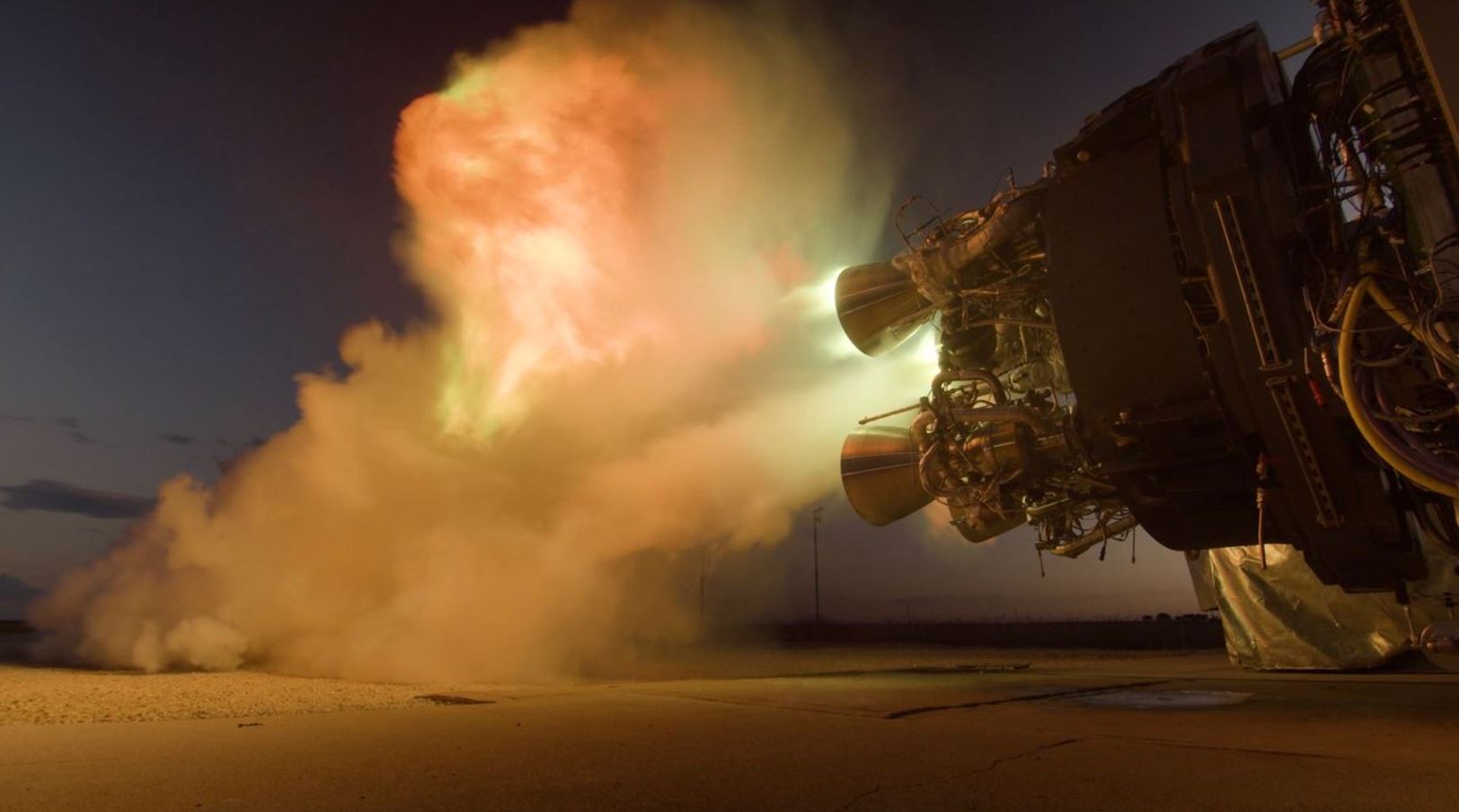
Firefly Aerospace Is About To Launch For The Second Time
Successfully reaching orbit is an immensely difficult task that few agencies and companies around the world have done. Firefly Aerospace is a relatively new space company that has been trying to reach orbit for the last few years. Specifically, just over half a year ago the company attempted the first-ever orbital test flight with Alpha. While it was not 100% successful, it provided valuable information and encouraged to team to keep going.
Now in early April of 2022, Firefly Aerospace is getting very close to the next launch. Based on recent information from the company and more, we can expect to see Alpha once again on the launch pad very shortly. The company is confident they have fixed past issues and is showing great progress and improvement in many different aspects.
Firefly Aerospace has very ambitious plans for the future. This not only includes reaching orbit but also developing and manufacturing an advanced space plane, a larger launch vehicle named Beta, a Moon lunar lander, and much more. However, first, the company needs to successfully reach orbit with Alpha. Here I will go more in-depth into Firefly’s current progress, recent milestones, and when we can expect to see a second orbital test flight.
Alpha’s First Test Flight

Firefly Aerospace has proved over time that they are an ambitious and fast pace company. They were originally founded in 2017. A few years later on September 2nd, 2021, Firefly attempted its first ever orbital test flight. This launch attempt was with the company’s small-lift launch vehicle named Alpha. Alpha is designed to address the needs of the burgeoning small–satellite market. At a dedicated mission price of $15M, Alpha works to combine the highest payload performance with the lowest cost per kilogram to orbit in its vehicle class. Capable of delivering 1 metric ton to Low Earth Orbit (LEO) and 630 kg to the highly desirable 500 km Sun–Synchronous Orbit (SSO), Alpha will provide launch options for both full vehicle and ride share customers. The overall goal for this rocket is to launch twice per month, a launch cadence that will enable customers to fly according to their schedule and to the orbit they desire.
The first orbital launch was not successful and saw Alpha destroyed in mid air. While this launch had not gone 100% to plan, it was a very impressive first attempt and provided Firefly Aerospace with a lot of valuable information. CEO of Firefly Aerospace Tom Markusic mentioned after the launch, “Firefly has conducted the first test flight of our Alpha vehicle. The day marked a major advancement for the Firefly team, as we demonstrated that we ‘arrived’ as a company capable of building and launching rockets.” “Although the vehicle did not reach orbit, we acquired a wealth of flight data that will greatly enhance the likelihood of Alpha achieving orbit during its second flight. In short, we had a very successful first flight.” Taking a closer look at the launch, the test began with a nominal countdown and lift off at 6:59 PM PDT and achieved a successful first stage ignition, liftoff from the pad, and progression to supersonic speed. During the flight, the launch vehicle experienced an anomaly that resulted in a safe termination of flight by the Range using the Flight Termination System (FTS). The initial review of flight data indicated that an electrical issue caused the shutdown of one of the four first stage Reaver engines. Alpha utilizes well-established propulsion technology. Both stages use common designs: copper regen-cooled LOx/RP-1 thrust chambers, a simple tap-off cycle which drives single shaft turbopumps, nozzle-mounted turbine exhaust manifolds, and hydraulic actuators. Firefly has worked to innovate these engines in multiple ways including its simple “Crossfire” injector, tap-off geometry, dual-mounted electrically actuated, trimmable propellant main valves, and ultra-compact horizontal turbopump mounting. The upper stage engine, “Lightning,” includes a turbine-exhaust cooled refractory metal high area ratio nozzle extension. The first stage “Reaver” engines feature simple single axis gimballing. Consistent with the overall Alpha vehicle design, cost and performance are traded and optimized in Lightning and Reaver components to provide the best payload performance value. In terms of the first launch, CEO Tom Markusic later went on to say that the issue was kinda a fluke and was very simple to resolve.
2nd Flight Progress

This brings us to today in early April, 2022. It has been a bit over half a year since the first test flight and Firefly Aerospace has been working hard to improve and prepare Alpha for another orbital launch attempt. Over these past few months thanks to Firefly and other sources, we have been updated on the company’s progress through the complex process. Only a few days ago Firefly Aerospace tweeted saying, “Flight 2 is getting ready to head to our launch pad at Vandenberg Space Force Base. Get a behind-the-scenes look into our journey so far.” This is very promising news and suggests we are likely to see a second launch attempt within the coming months. Along with this tweet was a new video highlighting the progress the company had made. It first mentioned that Firefly had learned a lot from the first flight and were close to being ready with the next launch vehicle. They had fixed the minor issues found after the first flight and were confident in the upcoming launch. The video also went on to highlight the overall progress Firefly has made in recent months. Specifically, he said, “When we tested the first launch vehicle it took over 18 times on the test stand to get it fully functional. In getting ready for this second flight, both the vehicle and the team performed flawlessly, on the first attempt we were able to qualify the vehicle in only one test.”
This most recent update only adds on to a long list of promising launch progress updates over the last few months. Just over a month ago on February 17th, Firefly Aerospace tweeted another update highlighting that, “The Firefly team is laser-focused on reaching orbit this year. With the successful stage 2 hotfire today, both stages of our flight 2 Alpha vehicle have now completed acceptance testing and are ready for flight. See you on the pad.” This was accompanied by a video of both stages going through the hot fire tests successfully. In a recent quote from CEO Tom Markusic, he mentioned in late March that he thought it would be around 8 weeks until the second launch attempt. This would suggest we could see Alpha once again attempt an orbital flight test this May.
In addition to all the updates from Firefly Aerospace about the upcoming launch, the company has also provided promising news regarding funding and more. As we know building and attempting to launch a rocket into orbit is an extremely ambitious goal. Not only this but each step including the development, manufacturing, testing, and launching are all very expensive. Thankfully for Firefly, only a few weeks ago they announced they had closed a $75 million Series B financing round led by AE Industrial Partners. This money will go towards Alpha along with additional projects. Money can be a very limiting factor and single handedly slow down and even stop a company’s progress. This recent funding should ensure Firefly Aerospace has the necessary capital for not only a second Alpha test flight but much more. Looking even further back in time, practically right after the first launch attempt, Firefly was working hard on the next Alpha launch attempt. In early November, the company already prepared an Alpha first stage for a hot fire. A few weeks later it successfully completed the 40-second hot fire. Soon after, they ran extensive acceptance testing on Lightning, the second-stage vacuum engine. Lastly, in the video released highlighting the Flight 2 acceptance testing, it began with Tom Markusic mentioning the company’s progress and current plans. He was stood in front of multiple Alpha stages including the tested and accepted first stage of Alpha getting ready for the second flight. He talked about Firefly’s work over recent months and even pointed out that they had been working on two additional Alpha launch vehicles they were planning to launch later this year. This suggests we could see three Alpha launches this year alone assuming everything goes according to plan.
Conclusion
Firefly Aerospace is a relatively new company that has ambitious plans for the future. Only around 7 months ago they attempted the first ever orbital test flight with its small-lift launch vehicle Alpha. While it did not reach orbit, it provided a lot of valuable information that the company has applied over the past few months. As of right now, based on progress and different updates from the company we can expect the next Alpha launch to happen in late May or early June. We will have to wait and see how the company progresses and the impact it has on the space industry.
